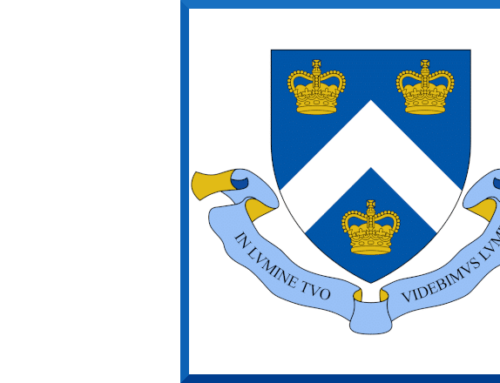Bill Donohue comments on why Ireland’s “mass grave” story is a hoax:
The big news about the discovery of a “mass grave” outside the Mother and Baby Home run by the Bon Secours Sisters in Tuam is bunk. I just got the chance to explain why when interviewed by Dublin’s Newstalk, the only exclusively talk-radio station in Ireland. The interviewer was cordial but clueless. I will discuss this matter further later today on BBC radio and other Irish radio stations.
Almost all of the media in the U.S., the U.K., and elsewhere are promoting a fake news account of a “mass grave” containing the remains of nearly 800 children. Here is the basis of my position.
- The official statement by the Mother and Baby Commission, issued March 3rd, makes no mention of a “mass grave.” Why not? If there were evidence of a mass grave surely that would be the lead story. Instead, it says “significant quantities of human remains” were found in sewage chambers. That is disturbing but it does not support the wild claims of a “mass grave.”
- Katherine Zappone TD, Minister for Children and Youth Affairs, issued her formal remarks on March 3rd as well. She said nothing about any “mass grave.” Why not?
- On July 12, 2016, the government’s Interim Report was issued. It said nothing about any “mass grave.” Why not?
- Catherine Corless is the source of the “mass grave” allegation. In 2012, she wrote about her findings in an article titled, “The Home”; it was published in the Journal of the Old Tuam Society. She made no mention of any “mass grave.” Why not?
- Corless not only failed to mention a “mass grave,” she offered evidence that contradicts her later claim. To wit: “A few local boys came upon a sort of crypt in the ground, and on peering in they saw several small skulls.” She mentioned there was a “little graveyard.” That is not the makings of a mass grave.
- Corless said in 2014, “I am certain there were 796 children in a mass grave.” She offered no evidence, nor did she explain why—just two years earlier—she said there were “several small skulls” in a “little graveyard.”
- The primary source for Corless’ “mass grave” thesis is Barry Sweeney. When he was 10, he and a friend stumbled on a hole with skeletons in it. In 2014, he was asked by the Irish Times to comment on Corless’ claim that there were “800 skeletons down that hole.” He said, “Nothing like that.” How many? “About 20,” he said. He later told the New York Times there were “maybe 15 to 20 small skeletons.” In other words, Corless’ primary source contradicts her account!
- When this story broke in 2014, Ireland’s Minister for Education, Ruairi Quinn, said the Corless account was “simply not true.”
- The local police said at that time that “there is no confirmation from any source that there are between 750 and 800 bodies present.”
So why did Corless change her story from “several small skulls” found in a “little graveyard” to 800 bodies found in a “mass grave”? That is what journalists should be probing. They can begin by questioning her relationship with Martin Sixsmith, whom she first met in January 2014. He is the author of a book about Philomena Lee, the woman made famous in the movie, “Philomena.” The lies about her story have been recounted by me in my article, “Philomena Is a Malicious Fraud.”
It was only after Corless met Sixsmith that her rage against the Catholic Church was evident. Her 2012 journal piece was void of any hatred, but after her encounter with Sixsmith, she turned on the Church. Their hostility to Catholicism has been on display ever since.
The most pernicious aspect of this story is the willingness of the media to be seduced by the most fantastic tales about the Catholic Church, and the profound laziness of reporters to fact check news stories. They are responsible for making this a classic example of fake news.







